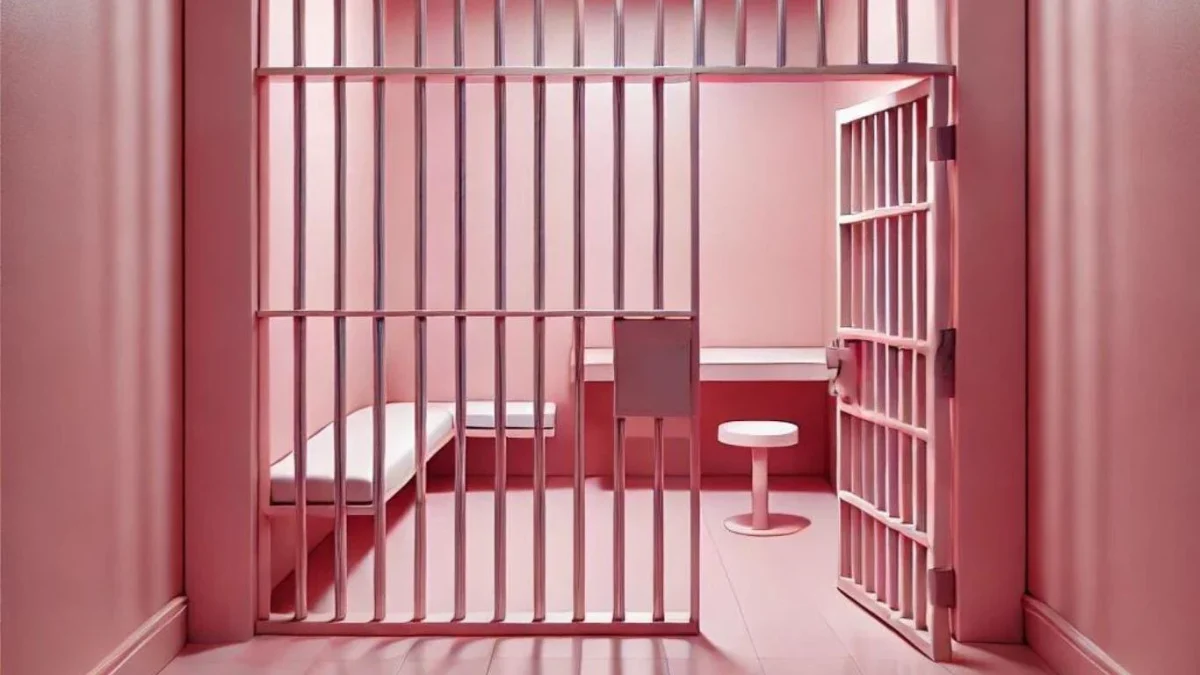Think back a decade or so. Picture the buildings around you. Picture a McDonalds, a Taco Bell, a park, anything you may have been to as a child. Try remembering how vibrant and colorful everything was. Now, return to reality. Where’d all the color go? With the increased popularity of minimalism and the striving for “modernity,” big companies have shifted to a sleeker and more modern design for everything. This shift in minimalism proves effective for items like smartphones and laptops, where their simple design allows for easy carrying and utilization, but for buildings, not so much. According to a study conducted by C. Thi Nguyen at the University of Utah, gentrification pressures–pressures from wealthy people new to the area-– from cities lead to conformity to universal tastes to better appeal to them, causing a monotonous shift in the same designs on repeat. This is especially true in local businesses that attempt to “appeal to the modern generation” when in fact just imitate what is most popular. What’s the cause of this shift?
If you think about it, looking at something simple could bring peace of mind compared to something extravagant. A study conducted by Adrienne Grêt-Regamey under the National Library of Medicine has shown that minimalism can lead to happiness by narrowing down the focus to only the essentials in life. This proves effective, as consumers are drawn towards simplicity. According to Jenny Hughes in the newsletter The Spruce, functionality comes from simplicity, and thus, the desire for simplistic products will rise. Furthermore, without worrying about intricate details and hard-to-make shapes–present in many forms of traditional forms of architecture such as Gothic or Victorian–reduces the overall price of the construction project, making producing those buildings more viable. Additionally, with efficiency comes demand and minimalism allows architecture firms to keep up with the demand for new buildings. However, does it truly triumph over the already-established forms of traditional architecture?
Back when people had passion, buildings looked much more grand. Historically, buildings were designed with a historical and artistic purpose rather than useability. Look at any building constructed in the Gothic or Victorian, and you’ll see how much effort is put into these works of art. Furthermore, according to an article by Michael Y Park in the Architectural Digest, traditional forms of architecture are built using stone and brick, which stand against the test of time. However, they unfortunately lack a place in the modern world beyond looking mighty impressive. With their high attention to detail and adaptability issues to the contemporary landscape, it’s hard to integrate these types of construction into the modern world.
Alas, the time of building mighty impressive structures has passed. We will no longer have mighty cathedrals or lively and vibrant McDonald’s restaurants, but the memory of said works of art will forever be in our hearts. Time will always change reality, but our memory of these buildings will stay intact as long as our collective nostalgia allows it to be.










